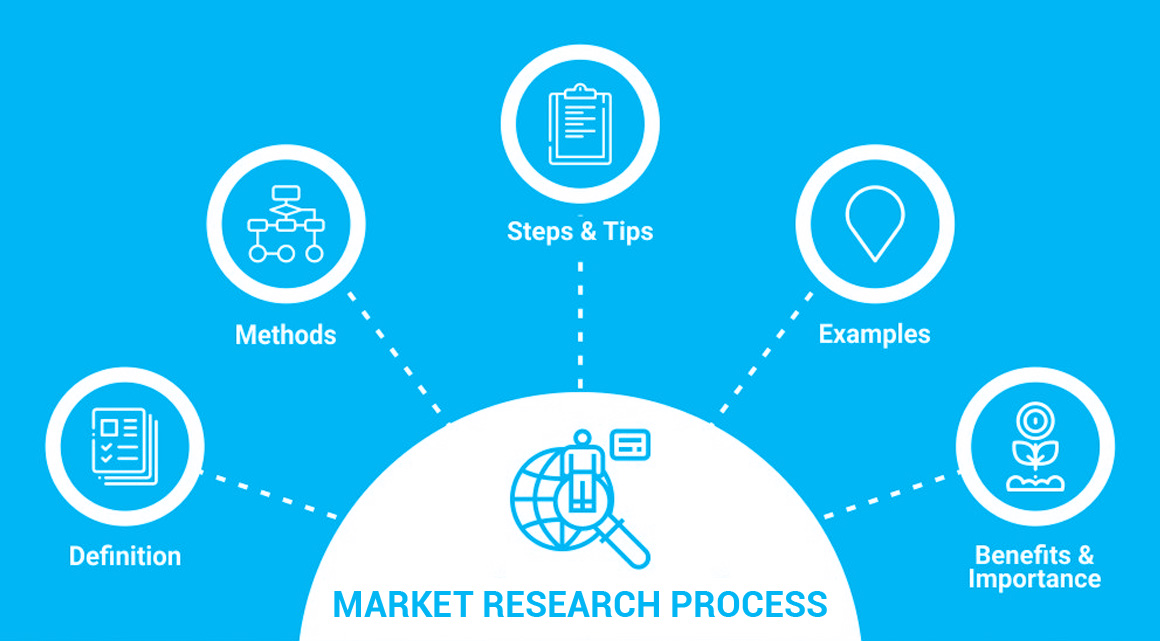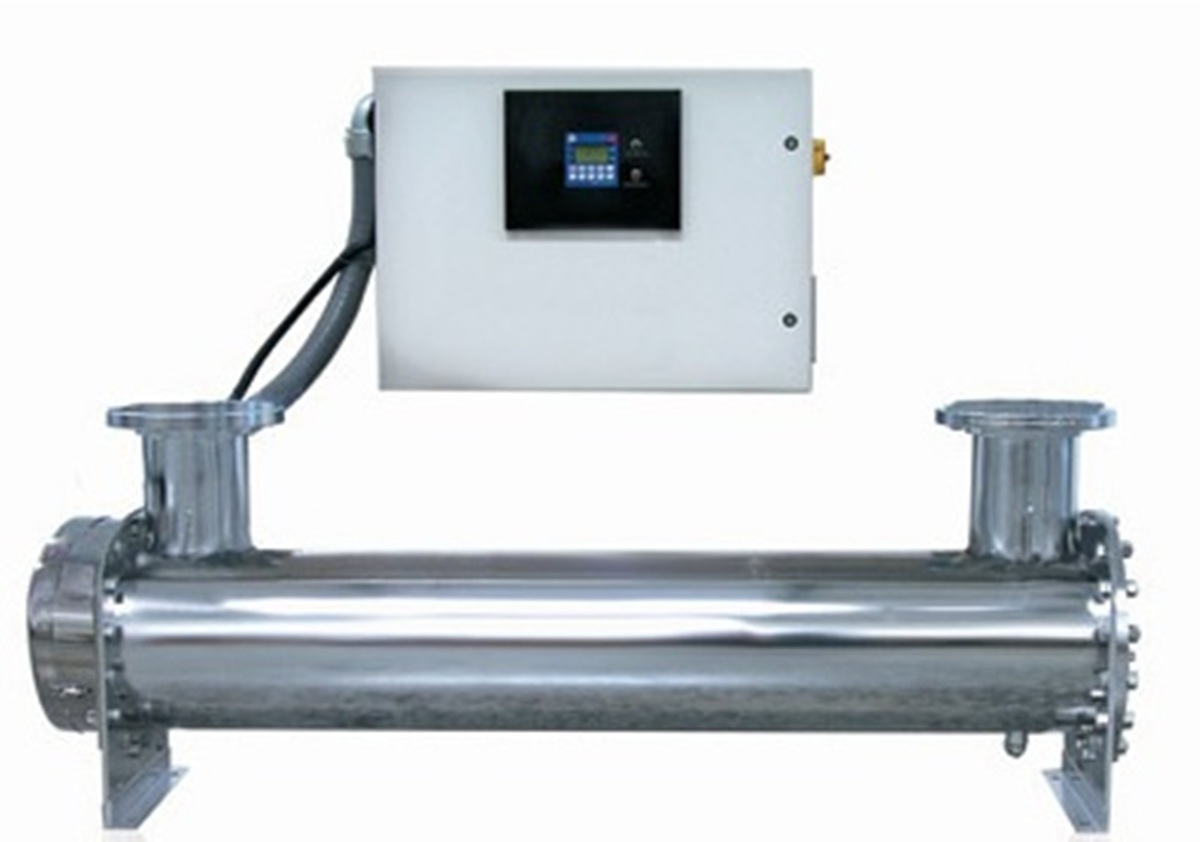
The global market for rheumatoid arthritis treatments is expected to grow at a CAGR of...
Learn More
Our consulting solutions address company specific challenges with respect to micro environment...
Learn More
Organizations frequently need day-today research guidancein order to gain strategic...
Learn More
Exploring different areas of market research and market analysis is a key factor...
Learn MoreAcute Market Reports presents the most extensive global business research services across industries. Our research studies focus on potential outcomes, benefits, and risks associated with each market segment across geographies. Having served our global clients for more than 10 years, our prime priority is to enable our clients in making well-informed business decisions through a data-driven, analytical, and uncomplicated research approach.
We provide access to the world's most comprehensive, analytical, and updated business intelligence services and solutions.




The UV disinfection system market is expected to grow at a CAGR of 10.4% during the forecast period of 2025 to 2033. UV disinfection system market for wastewater treatment involves the use of ultraviolet light technology to disinfect wastewater,...
Read More
The global next-generation batteries market is expected to witness significant revenue growth over the forecast period, with a CAGR of approximately 7% during the forecast period of 2025 to 2033. The next-generation batteries market has been experien...
Read More
The pediatric dermatology disease treatment market is expected to grow at a CAGR of 10.5% during the forecast period of 2025 to 2033, driven by the rising prevalence of Atopic Dermatitis, the growing demand for Topical Corticosteroids, and the increa...
Read More




